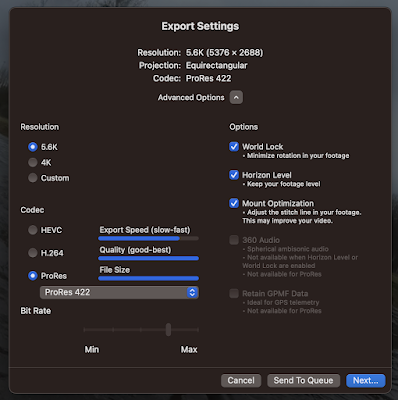My notes on The Business of Film
The "carefully constructed system of film exploitation" is Bharat Nalluri's pithy one-liner depicting the film industry ecosystem and its various value chains. He acknowledges moreover that this tried and tested system under pressure, is having to respond to radical change occurring in the market place. Change in the form of shifting audience behaviour as a result of new digital distribution systems, change in preferences for the kinds of entertainment, the channels they use, how people consume it, when, where, how, who with. And digital technology's inherent capability to duplicate digital content has expanded opportunities to make copies and share media, leading to a commensurate loss of control of digital intellectual property.
The film industry has been both blessed and beset by radical change in recent decades. Digital media, connected devices, internet services, innovations from pov cameras, drone camera mounts, 3D, virtual reality, improvements in NPC AI, through to the now almost conventional innovations of computer-generated imagery (CGI). Furthermore Film is competing with new forms of digital media which is producing shifts in its consumption, from places and locations, to non-location via connected devices, new channels, all enabled by the growing capability and capacity of expanding digital infrastructure. Much of this is driven by advances computing hardware, software and software infrastructure, and by digital content itself, compelling characters, narratives, story worlds. The technological transformation has been propelled by the computer industry, including the computer games, digital animation, and perhaps too by advances in military technology feeding back into markets, entertainment and the world at large. All of these complex interrelated forces, coupled with the increasing fidelity and realism of simulation, and augmented reality aren't simply pull factors, as they both expand and feed into the markets for entertainment with strong digital elements.
Where do you source the money required to develop screen and film projects?
Valuing intangible assets is one of the most pressing challenges for enterprises producing them.
However, we can price the costs of production, the base cost of producing the goods in the first place, usually the cost of labour, paying for the time and attention of creative talent, plus any necessary physical goods, tools and other material goods needed (film hardware, software, computing resources like workstations and render farms, etc.).
Finance can be raised from the following categories of sources: commercial, economic, & cultural institutions.
Typically financiers seek funding support from distributors, equity
Distribution finance ranging from 100% to partial arrangements; buying all or some territory rights, from funding the entire project to selected parts, distributing to outlets, gathering revenue.
Equity finance via funding bodies usually public sector cultural bodies, through to private sector investors such as individuals, shareholdings, tax break investments, and tax credit mechanisms.
Reference Material
Behind the scenes reflections from Peter Jackson's pick up of The Hobbit on Guillermo del Toro's departure as director (link). The pressure of a deadline put on a project that still needed preparation.
http://www.theverge.com/2015/11/19/9764016/peter-jackson-the-hobbit-movies-terrible-explanation
Monday, October 26, 2015
Sharing 360° video?
So, you've got a 360 degree video file from your GoPro. What to do with it? Well, share it on YouTube. YouTube supports uploading and pl...

-
So, you've got a 360 degree video file from your GoPro. What to do with it? Well, share it on YouTube. YouTube supports uploading and pl...
-
(CTAN, a meta-level resource for all things TeX www.ctan.org/ ) Step 1: MacTeX packages for Mac. Install MacTeX, after which do the foll...
-
First, read the article "AI-generated art illustrates another problem with technology" by John Naughton on the Guardian (20 Aug...
